Hong Kong’s airport has witnessed a remarkable rebound in transit passenger numbers, surpassing pre-pandemic levels recorded in 2019. However, industry observers note a curious trend accompanying this recovery: travelers are spending significantly less time in the city during their layovers. The shift reflects broader changes in global travel patterns and evolving passenger priorities in the post-COVID era.
Data from the Airport Authority Hong Kong reveals that transit traffic in the first half of 2024 exceeded comparable 2019 figures by nearly 15%. This resurgence positions Hong Kong firmly on its path to reclaiming its status as one of the world’s premier aviation hubs. The recovery comes despite lingering geopolitical tensions and increased competition from regional rivals like Singapore and Seoul.
What’s particularly striking is how transit behaviors have transformed. Where travelers once routinely extended stopovers to explore the city’s culinary and retail offerings, many now opt for the shortest possible connection times. Average layover durations have shrunk from the traditional 8-10 hour window to just 4-6 hours—barely enough time to clear immigration and grab a quick meal before the next flight.
Aviation analysts attribute this change to several factors. The pandemic normalized tighter travel schedules as passengers grew accustomed to minimizing time in transit hubs. Business travelers, who comprise a significant portion of Hong Kong’s transit traffic, have become particularly ruthless in optimizing their itineraries. "There’s been a fundamental mindset shift," notes transport economist Dr. Raymond Kwok. "Travelers now view layovers as dead time rather than bonus leisure opportunities."
The trend presents both challenges and opportunities for Hong Kong’s tourism ecosystem. Duty-free retailers and airport lounges report strong sales, benefiting from concentrated passenger spending during shorter stays. However, downtown hotels and attractions that traditionally relied on stopover tourists face dwindling visitor numbers. The iconic Airport Express train into the city now carries 30% fewer passengers than it did pre-pandemic during peak transit hours.
Airport operators have responded by enhancing terminal facilities to capture more passenger spending. A new generation of ultra-efficient immigration systems allows travelers to venture briefly into the city center and return with time to spare. The airport has also expanded its airside retail and dining options, including pop-up experiences featuring local brands and cultural elements. "We’re creating Hong Kong experiences that don’t require leaving the terminal," explains airport retail director Vivian Lau.
This transformation mirrors global shifts in aviation, where passengers increasingly prioritize convenience and efficiency over exploration. Middle Eastern hubs like Dubai and Doha report similar patterns, with transit passengers choosing shorter connections despite extensive stopover programs. The change reflects deeper alterations in corporate travel policies and personal risk tolerance following years of pandemic disruptions.
Looking ahead, Hong Kong faces the delicate balance of maintaining its transit hub status while adapting to these new traveler behaviors. The city’s unique position as gateway to mainland China continues to drive substantial transfer traffic, particularly as cross-border travel gradually recovers. However, sustaining economic benefits from transit passengers will require innovative approaches to capture value within tighter timeframes—a challenge that may redefine what it means to be a successful aviation hub in this new era of global travel.
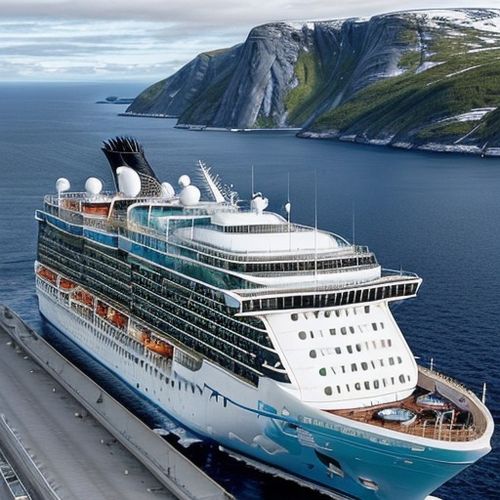
By Rebecca Stewart/Apr 7, 2025
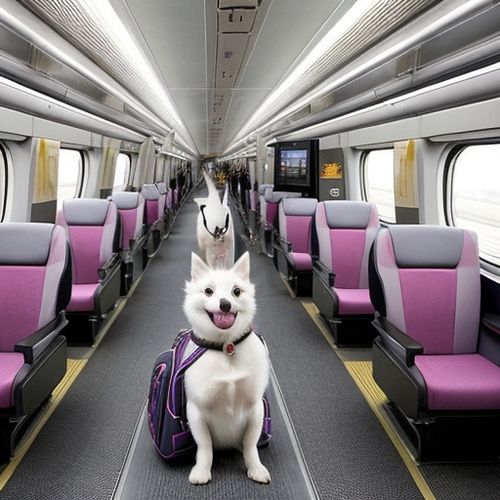
By Sophia Lewis/Apr 7, 2025
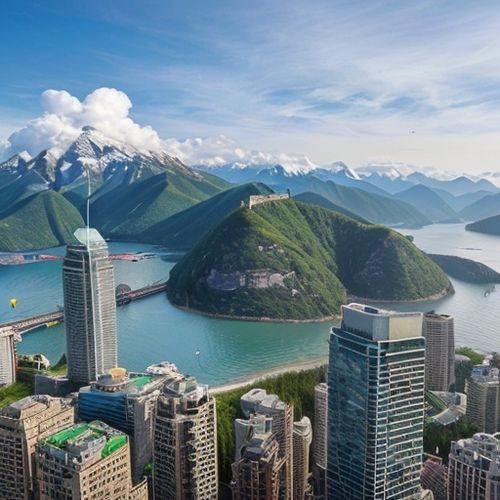
By Emily Johnson/Apr 7, 2025

By Laura Wilson/Apr 7, 2025
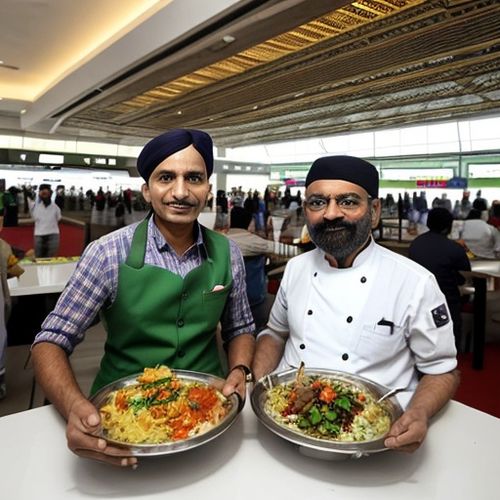
By David Anderson/Apr 7, 2025

By Benjamin Evans/Apr 7, 2025

By William Miller/Apr 7, 2025
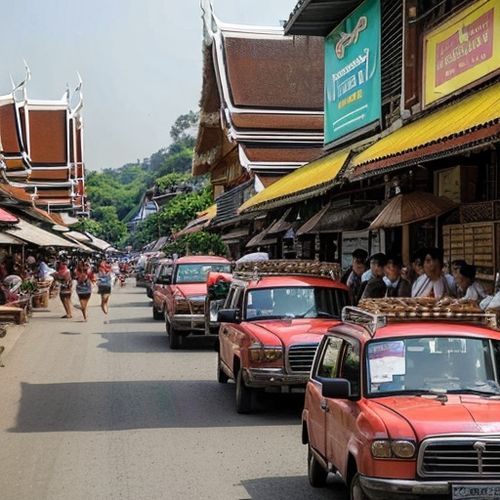
By Emma Thompson/Apr 7, 2025

By Benjamin Evans/Apr 7, 2025

By Noah Bell/Apr 7, 2025
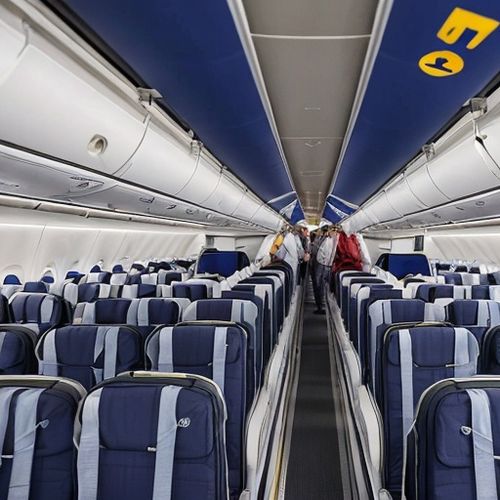
By Elizabeth Taylor/Apr 7, 2025

By George Bailey/Apr 7, 2025

By Olivia Reed/Apr 7, 2025
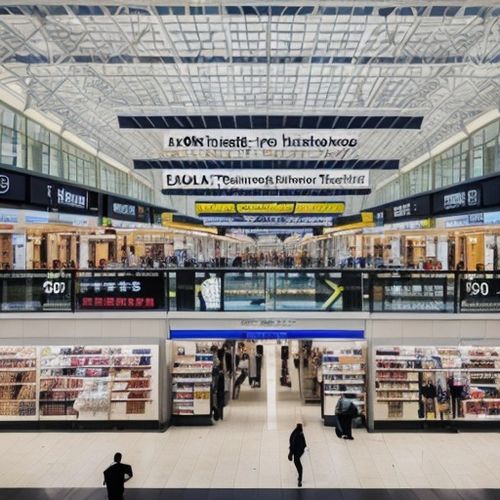
By Ryan Martin/Apr 7, 2025
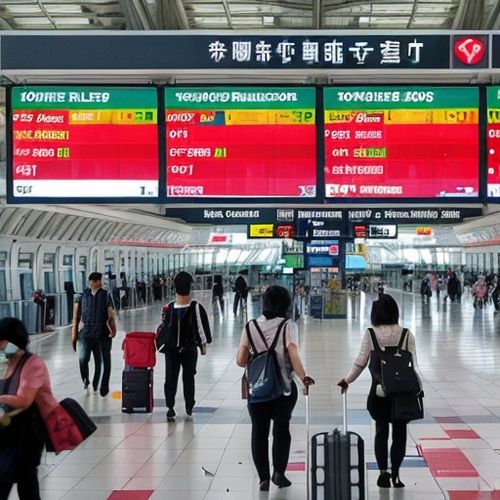
By George Bailey/Apr 7, 2025
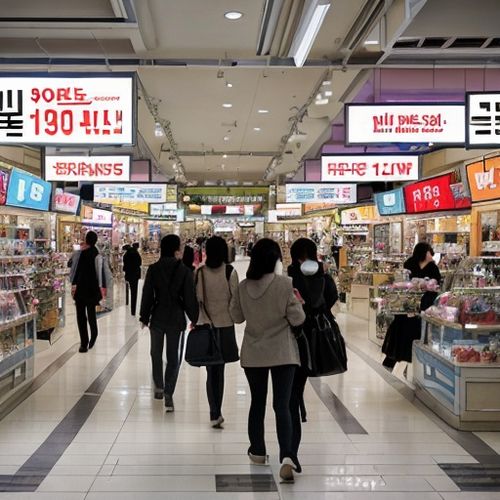
By Laura Wilson/Apr 7, 2025

By Laura Wilson/Apr 7, 2025